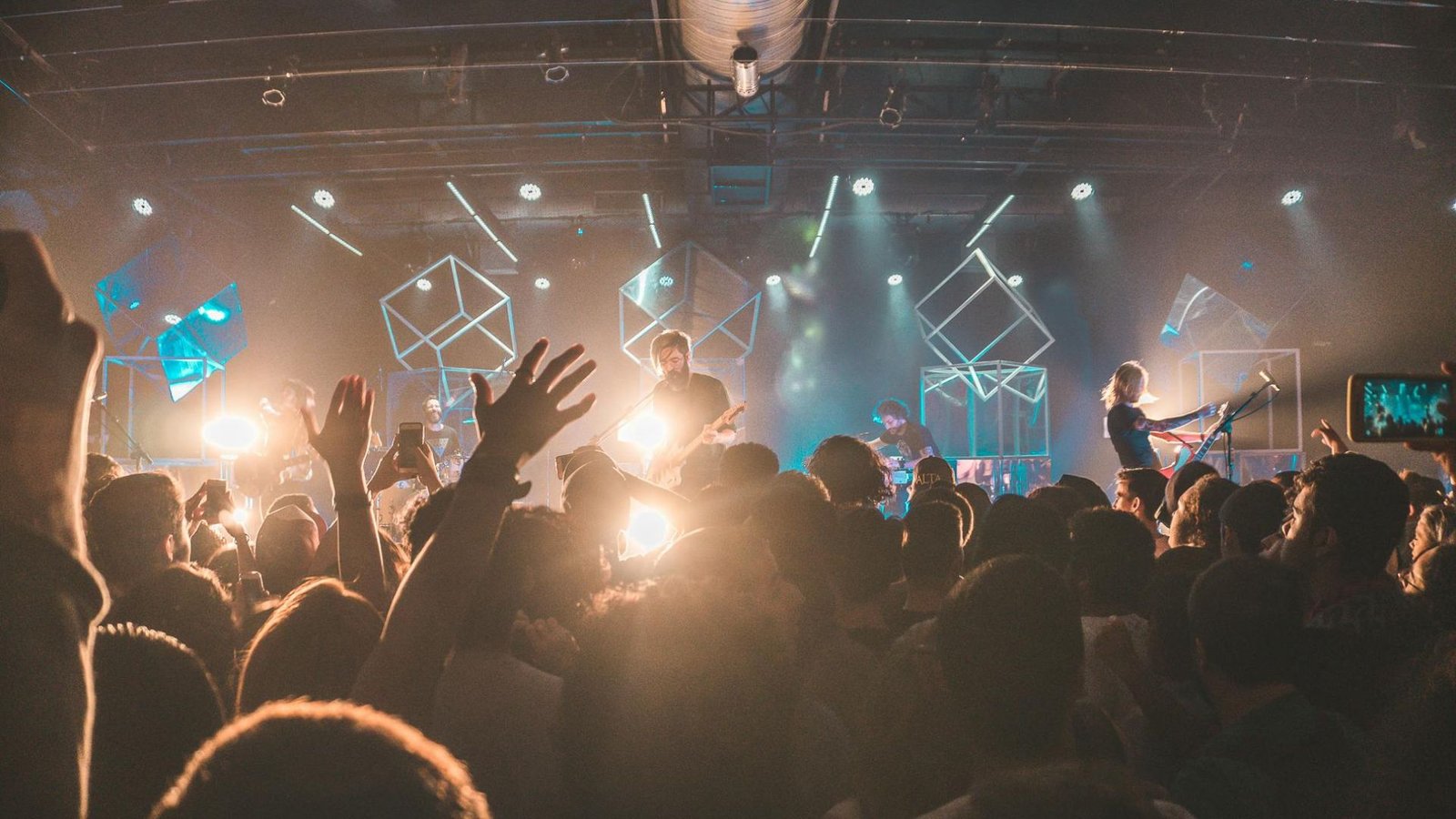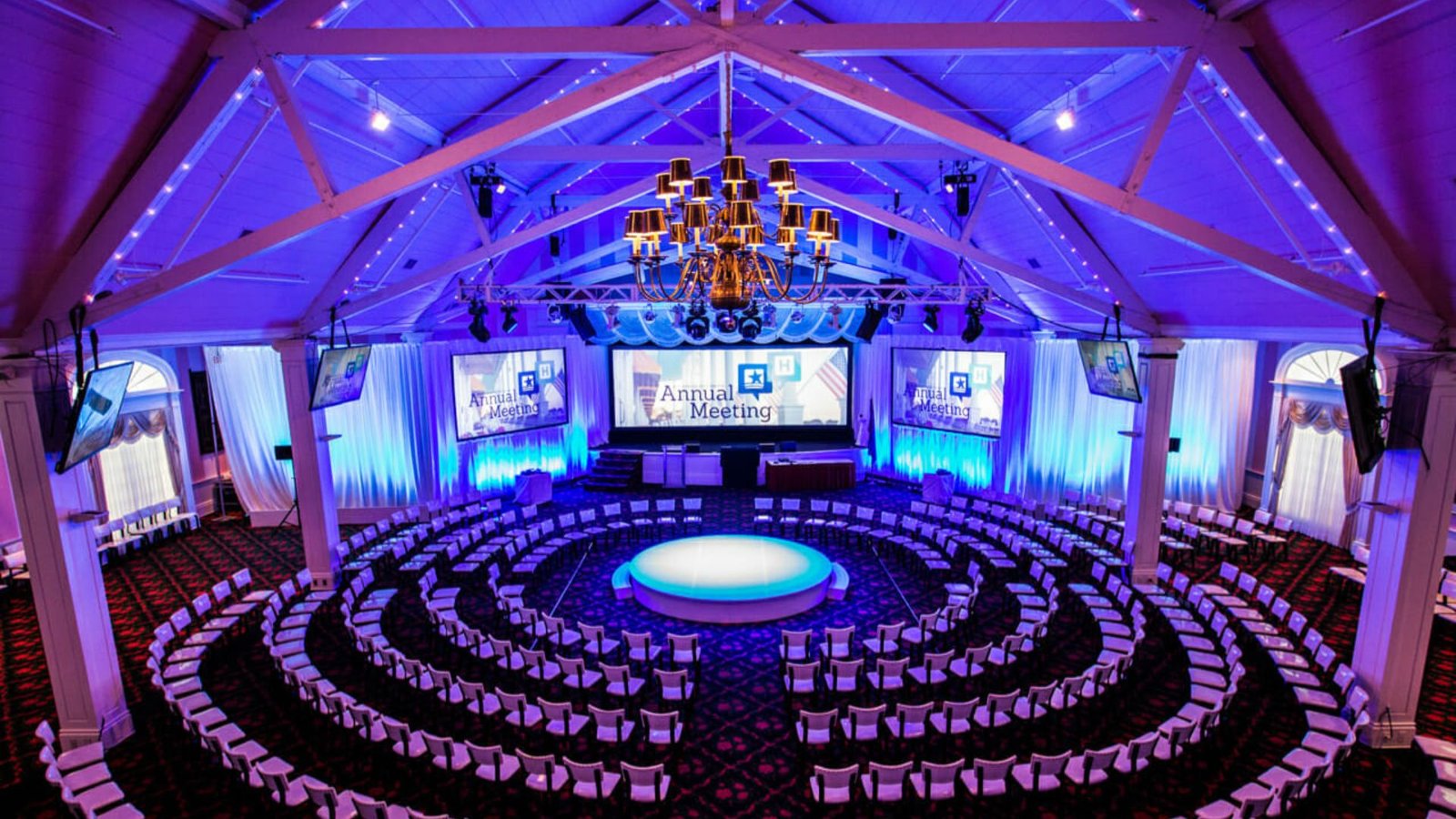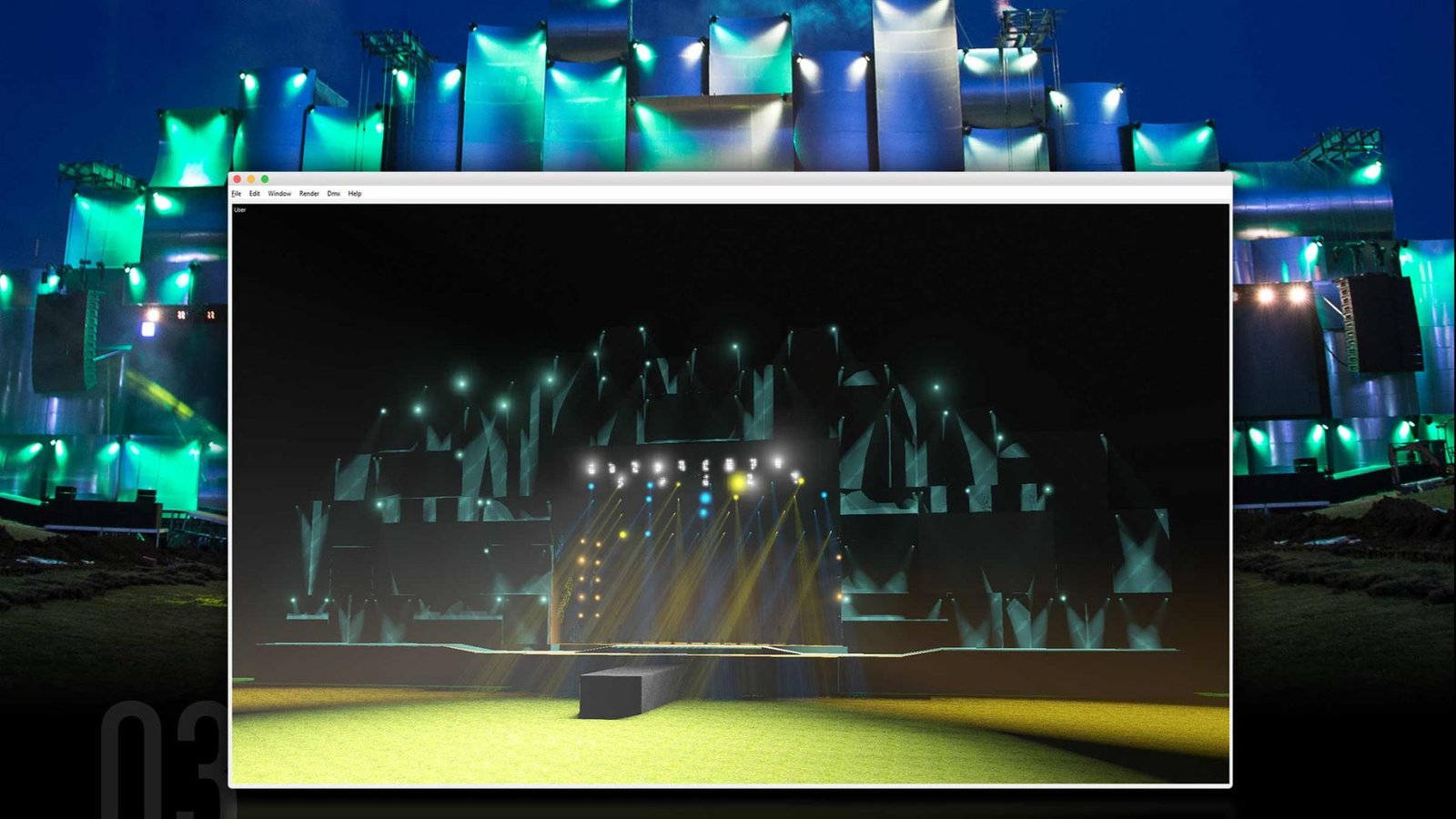Stage design is crucial in how it enhances musical performances. The right stage design can elevate a musical, turning it from just a show into an unforgettable experience. By setting the right mood, focusing the audience’s attention, and complementing the music, stage design plays a key role in a musical’s success. In this blog post, we will explore how stage design enhances musical performances and why it is so important.

Creating the Right Atmosphere
Firstly, stage design enhances musical performances by creating the right atmosphere. For instance, the design of the stage can help set the mood of a performance. Whether it’s a vibrant, high-energy number or a soft, emotional ballad, the stage design can reflect and amplify these feelings. For example, bright, colorful lights and dynamic set pieces might be used for an upbeat song, while softer lighting and simpler sets might accompany a slower, more intimate number. By aligning the stage design with the mood of the music, designers help create a more immersive experience for the audience.
Focusing Audience Attention
Another important way stage design enhances musical performances is by focusing audience attention. During a musical, it’s essential to direct the audience’s gaze to the key elements of the performance. Stage designers use various techniques to achieve this. For instance, spotlights can be used to highlight solo performers, ensuring that the audience’s attention is drawn to them. Similarly, carefully placed set pieces and props can help direct focus to important parts of the stage. By managing where the audience looks, stage design helps ensure that every moment of the performance is impactful.
Complementing the Music
Furthermore, stage design enhances musical performances by complementing the music itself. A well-designed stage can visually represent the themes and emotions of a song or scene. For example, a stage with a cityscape backdrop might be used for a song set in an urban environment, while a forest-themed set might accompany a song about nature. This visual alignment with the music helps reinforce the overall narrative and enhances the audience’s connection to the performance. By harmonizing with the music, stage design adds depth and richness to the experience.
Adding Visual Interest
In addition, stage design adds visual interest to musical performances, making them more engaging and exciting. Creative and dynamic set designs can captivate the audience and keep them visually stimulated throughout the performance. This can include elaborate backdrops, moving set pieces, and striking lighting effects. For instance, a rotating stage or changing projections can add an element of surprise and keep the performance fresh and visually stimulating. By keeping the stage visually interesting, designers help maintain the audience’s engagement from start to finish.
Supporting Choreography and Movement
Moreover, stage design enhances musical performances by supporting choreography and movement. The layout and features of the stage can greatly influence how performers move and interact. For example, a stage with multiple levels and platforms can allow for more complex choreography and staging. Similarly, well-designed set pieces can provide performers with spaces to interact and move around in creative ways. By facilitating dynamic movement and choreography, stage design contributes to the overall energy and flow of the performance.
Facilitating Scene Changes
Finally, stage design enhances musical performances by facilitating smooth and efficient scene changes. Musicals often involve multiple scenes and settings, and effective stage design helps manage these transitions seamlessly. Modular set pieces, quick-change backdrops, and versatile lighting can make scene changes quick and efficient. This helps keep the performance flowing smoothly and prevents interruptions that could detract from the audience’s experience. By ensuring that scene changes are well-managed, stage design helps maintain the momentum and excitement of the performance.
Conclusion
In conclusion, stage design enhances musical performances in various ways. From creating the right atmosphere and focusing audience attention to complementing the music and adding visual interest, stage design plays a crucial role in elevating the overall experience. By supporting choreography, facilitating scene changes, and maintaining visual appeal, stage design helps ensure that every musical performance is engaging and memorable. As musicals continue to evolve, the importance of thoughtful and creative stage design will remain central to delivering exceptional and immersive performances.




